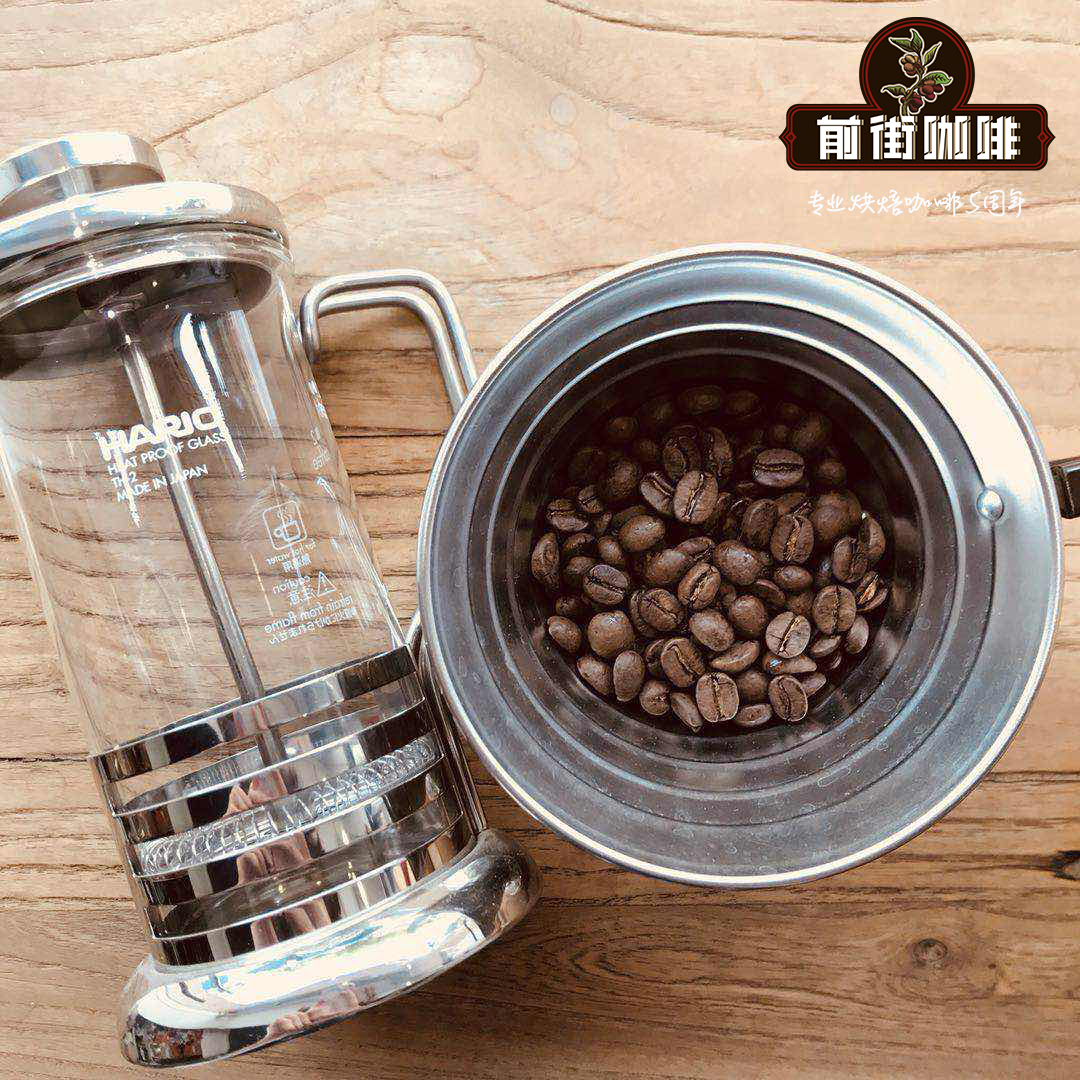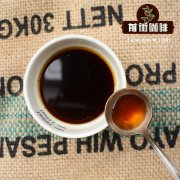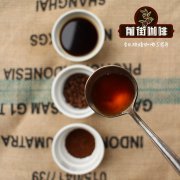What are the coffee bean growing areas in Nicaragua? What are the blessed Nicaraguan coffee beans?

Professional coffee knowledge exchange more coffee bean information please follow the coffee workshop (Wechat official account cafe_style)
What are the coffee bean growing areas in Nicaragua? What are the flavor characteristics of the blessed Nicaraguan coffee beans?
The coffee producing areas of Nicaragua can be divided into three regions geographically, namely, the north, the central and the south.
The main coffee producing areas in the north are: Madriz, Nueva Segovia,Esteli, and this part of the coffee production accounts for 80% of the country.
The main producing areas in central China are: Matagalpa, Jiotega, Boaco
The main producing areas in the south are: Managua, Masaya, Carazo, Granada, Ometepe
The coffee grown in Nepal covers an area of about 110000 hectares (hectare), 95% of which are planted in shade (shade-grown), which is of great significance to the protection of the environment, especially the cold shelter and migration of birds in North America. In addition, almost 100% of Nigeria's coffee is washed and fermented with traditional water washing and fermentation. when the fermentation is completed, the beans are cleaned and then sunburned, that is, her raw bean treatment. It's a very traditional washing and tanning method.
Most coffee buyers think that natural sun drying is far better than machine drying, and raw beans are better, because after raw beans are fermented, if the temperature is too high or the time is not right, it will cause fatal damage to the aroma and flavor of raw beans. However, not every country has such good conditions. After the fermentation stage of coffee harvest, natural sun drying is carried out. There are two main factors:
After harvest, it happens to enter the rainy season, or there is insufficient sunlight. For example, after coffee is harvested in Liga, the weather factor is almost dominated by machine drying, so they develop a set of extremely strict drying procedures and official regulations. The aim is also to avoid the disadvantages of drying and to compare with the natural sun. Due to topographic factors, there are no large-scale sun-drying site conditions, such as some famous producing areas in Guatemala.
Nicaragua, on the other hand, is really blessed by nature. After the coffee and cherries are harvested, some areas have a dry season of more than four months, and there is plenty of sunshine, and there are large-scale sun factories in the flat areas of the central and northern plateaus. The tanning factory owned by Vocafe exporters that I have visited actually requires us to sit on a tractor-driven scooter. Visually, the sunburn is about the size of 10 football fields, while there are at least five ∼ in the surrounding suntan of the same size.
The main varieties of coffee grown in Nicaragua are: Caturra, Typica, Bourbon, Catuai and Maragogype, Paca;. This year's Q competition beans, winning manors or cooperatives, the main varieties participating in the competition are: Caturra.
Country: Nicaragua, Nicaragua
Production area: Matagalpa
Grade: SHB
Treatment: washing
Variety: elephant bean
Flavor: bright acidity, with crisp acidity of green apples, citrus acidity with juicy sweetness of pears, variable and clean flavors, round BODY with nutty flavours of caramel and almonds.
Nicaragua is located in central Central America, with the Caribbean Sea to the east, the Pacific Ocean to the west, Costa Rica to the south and the burgeoning Honduras to the north. It is also a suitable area for coffee, but the civil war has been going on since 1838, until it was stopped in 1979, and the coffee industry was finally able to recover. Tragically, during the long civil war, a large number of anti-personnel mines were planted in the border mountains, so coffee farmers can be said to be associated with mines. Family members may be injured or even killed by accidental contact with mines at any time. The history behind Nicaraguan coffee is not only sweat, but also tears and blood. On the bright side, Nicaraguan coffee is admirable!
The war created poverty, and poor farmers could not buy too many chemicals, which unexpectedly made Nicaraguan coffee organic.
Geological and climatic environment also create the unique flavor of Nicaraguan coffee, Nicaraguan coffee raw bean particles are large, the flavor is quite different from other neighboring countries. The book Coffee describes the so-called 'Nicaraguan flavor' as cocoa, almond, caramel, low sour and dull flavor. The trend of this flavor is different from that of other fruit acids in Central and South America. At present, the main coffee producing areas are NuevaSegovia, Jinotega and Matagalpa in the north. In the classification of raw beans, Nicaragua uses the method according to the altitude of planting, and the highest grade is also SHB.
The body of elephant beans (Maragogype) is three times the size of the average Arabica, the largest in the world. Elephant bean is the most famous variety of Typica. It is found in the Maragogype producing area of Bahia in northeastern Brazil, and now it is only grown in a few countries such as Guatemala, Nicaragua, Honduras, Mexico and Brazil. Because of the harsh growth conditions, and because it must be planted in the shade, the ripening period is long, and only by concentrating nutrients on a small number of coffee cherries can beans grow big and taste good. Therefore, the amount of cherry coffee that a coffee tree can produce is actually very limited, so the annual output is not much, and the trade volume is even smaller.
The transaction price is also maintained at a higher level because of the limited output and scarcity of goods.
Elephant beans planted at a height of 700m to 800m have an ordinary taste and have no special features, but Matagalpa's elephant beans are very different when they are planted above 1000 meters. She is soft and charming, mild and stable taste, sour slightly bitter sweet taste balanced, especially rich fruit, smooth taste, very close to the elegant Blue Mountain coffee beans, sweet in sour, full-bodied Body, very charming. Because the taste is similar to the taste of Jamaica Blue Mountain coffee beans, some people call it Cuba Blue Mountain coffee beans, but its price is much lower than Jamaica Blue Mountains. Its C / P value is very high. In recent years, it has been highly appraised when participating in the competition. It is also the only elephant bean that has been selected into the extraordinary Cup (COE) and won the award in recent years.
Cup test
Dry aroma: rich aroma, drupe, berry, citrus, lemon vanilla.
Wet fragrance: sweet fruit, sweet fruit, tea, nutty.
Flavor: full-bodied caramel, body quite rich, such as cream, aftertaste spices sweet and caramel taste lasting.
Qianjie recommended cooking method: hand flushing
V60 filter cup, 15g powder, water temperature 89 degrees, small Fuji grinding degree 4, water powder ratio close to 1:15.
30 grams of water steaming, steaming time for 30 seconds, subsection: injection to 130 grams of water cut off, such as the water level dropped by 1 stroke 3, again water injection to 225 grams.
Important Notice :
前街咖啡 FrontStreet Coffee has moved to new addredd:
FrontStreet Coffee Address: 315,Donghua East Road,GuangZhou
Tel:020 38364473
- Prev

Where does the sour coffee come from? Where is the coffee bean sour? is the coffee sour or bitter?
Professional coffee knowledge exchange more coffee bean information Please follow the coffee workshop (Wechat official account cafe_style) for many coffee beginners, the sour coffee always feels a bit unacceptable to mix the taste and sour taste of coffee and feel strange. Coffee beans look like this before they are processed, commonly known as coffee cherries recently picked by the boss.
- Next

What is the growing environment of coffee beans at Manor Sevanigera in Selva Negra farm, Nicaragua? Niga
Professional coffee knowledge exchange more coffee bean information please pay attention to the coffee workshop (Wechat official account cafe_style) Nicaragua Selva Negra farm Sevanigera manor coffee bean growing environment? The cooking data of Nicaragua Selva Negra? Nicaragua is a famous coffee producing area. Coffee lovers must travel to Matagalpa (M), a major coffee province in Nicaragua.
Related
- Detailed explanation of Jadeite planting Land in Panamanian Jadeite Manor introduction to the grading system of Jadeite competitive bidding, Red bid, Green bid and Rose Summer
- Story of Coffee planting in Brenka region of Costa Rica Stonehenge Manor anaerobic heavy honey treatment of flavor mouth
- What's on the barrel of Blue Mountain Coffee beans?
- Can American coffee also pull flowers? How to use hot American style to pull out a good-looking pattern?
- Can you make a cold extract with coffee beans? What is the right proportion for cold-extracted coffee formula?
- Indonesian PWN Gold Mandrine Coffee Origin Features Flavor How to Chong? Mandolin coffee is American.
- A brief introduction to the flavor characteristics of Brazilian yellow bourbon coffee beans
- What is the effect of different water quality on the flavor of cold-extracted coffee? What kind of water is best for brewing coffee?
- Why do you think of Rose Summer whenever you mention Panamanian coffee?
- Introduction to the characteristics of authentic blue mountain coffee bean producing areas? What is the CIB Coffee Authority in Jamaica?

